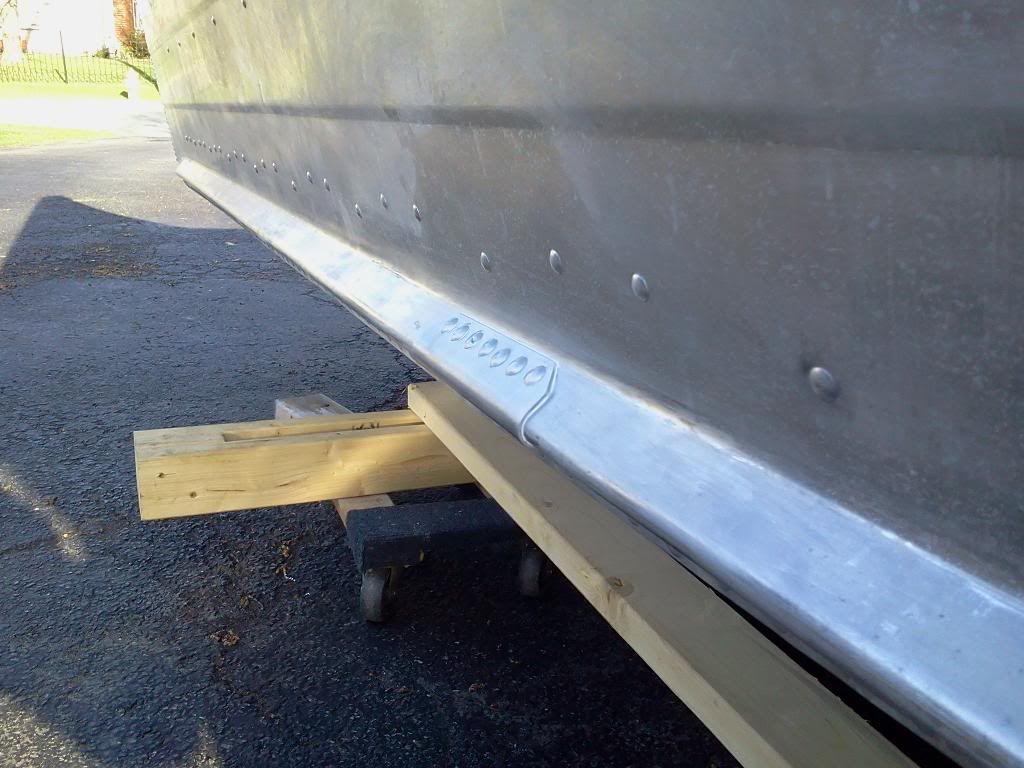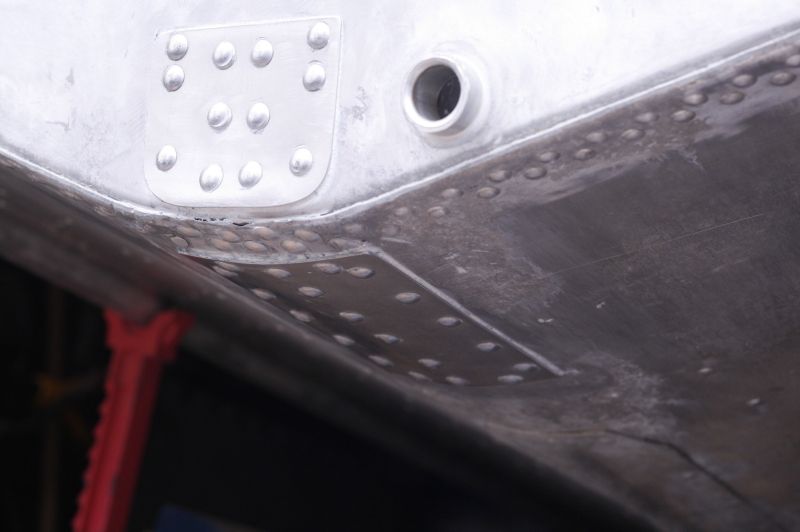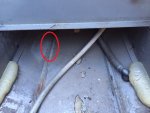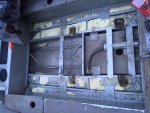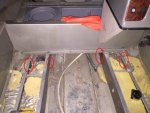Gents, does anyone have experience repairing small stress cracks in a aluminium hull? This is on a 2005 Tracker pro-guide WT, the hull is relatively thin aluminium. It appears the cracks are right where the stringers are welded on the interior. There are three spots, two on one stringer and one on the next one up. Boat takes on a bit of water but not really a significant amount, maybe a gallon all day. The bilge can handle it fine but I would like to fix it if possible. I have the decks ripped out right now to be re-done. Problem is access from the inside is poor and it would be quite difficult to weld in a plate due to the stringers. Any ideas with out putting me into bankruptcy? Thanks for any suggestions. I considered epoxy but would rather something more permanent. See pics...
Attachments
Last edited:






















